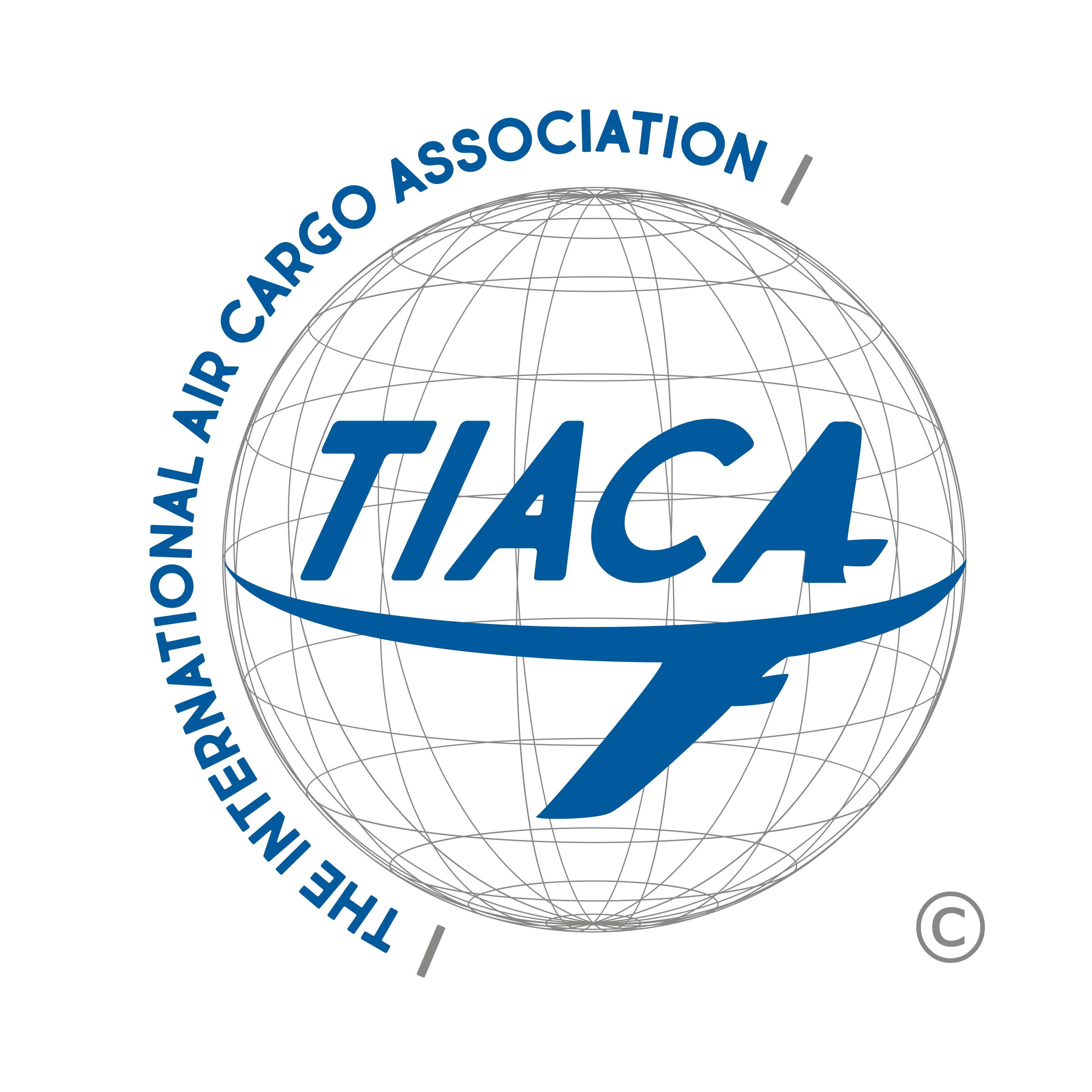Managing Volatility in Peak Times
Article submitted by WebCargo – TIACA Trustee and Board Member
Written by: Manel Galindo, WebCargo
If it wasn’t clear before, it is now. Global supply chains are facing unprecedented challenges. A year and a half of surging demand has caused sustained disruptions to ocean logistics – extending inland to warehousing, trucking and rail logistics as well – and keeping container prices at record highs nearly around the globe.
Air cargo has faced its share of challenges. The rush on PPE early on, the decline in passenger air travel that has kept capacity restricted, COVID outbreaks and restrictions among ground and air crews that have disrupted operations, the consumer shift to e-commerce, and ocean to air conversions – along with many other examples have combined for an extremely volatile air cargo market.
But more so than in many other areas of logistics, the challenges to air cargo have been met with innovation. With passenger jets grounded and air cargo demand, many carriers quickly pivoted their focus to cargo, converting passenger aircraft to “preighters” to add some much-needed capacity, while taking other planes out of mothballs.
It wasn’t just about capacity though. The industry has also adopted tech-driven solutions, accelerating trends that started before the pandemic. The most prominent example may be the penetration of a trend we call Digital Air Cargo (DAC), the digitization of air cargo capacity and rates, enabling real-time dynamic capacity and pricing, instant quotes and eBooking on a specific flight.
Since the start of the pandemic, the amount of air cargo capacity that carriers have made available through digital platforms like WebCargo has tripled. Even while dealing with all of the turbulence of the past eighteen months, more than ten additional airlines decided to join the WebCargo platform.
But it was not just that airlines were eager to extend their reach and provide real time data and access to its forwarder customers. Forwarders were equally as enthusiastic about the opportunity to view actual capacity and make a booking 24/7: The number of monthly eBookings made by forwarders on WebCargo has increased 50X since the start of 2020.
With airline schedules and capacity subject to rapid change and volatility, DAC has proved an ideal way to communicate these changes and give forwarders confidence that the rates they have are valid for actually available space.
So while forwarders sometimes couldn’t get ocean carriers to answer the phone, many air carriers were leveraging digital tools – not only to list schedules, prices and enable eBookings, but also to automate pricing and quoting – to improve the customer experience as COVID sped a fast-paced industry forward even faster.
Looking ahead to the rest of the year, with passenger travel likely to be one of the last elements to return to normal, cargo capacity will remain restricted. Combined with the continued disruptions to ocean logistics, more (and atypical) shipments will be pushed to the air market making capacity tight and keeping rates high.
All these factors have meant that peak air cargo season has gotten to an early start this year and that the coming months, especially in the lead-up to the holiday season, will continue to put pressure on operations and prices.
But already, more and more of the industry are embracing digital tools to manage this volatility and provide as reliable and easy an experience for their customers as possible. So maybe we should take a minute to appreciate all the hard work of airlines and forwarders during these turbulent times to keep the supply chain moving, including the industry’s turn toward innovation to help weather this storm.

